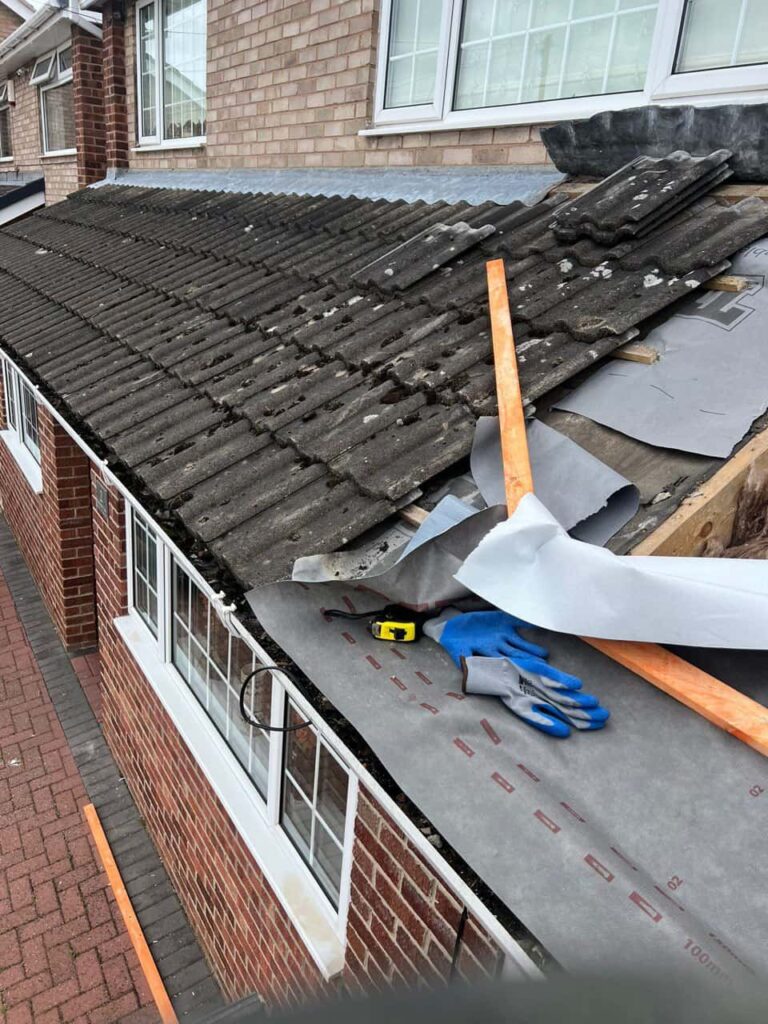When deciding on the best roofing style for your property, the choice often comes down to pitched roofs and flat roofs. Each type has its own distinct features, benefits, and considerations. Portsmouth Roofing Repairs in Portsmouth, Hampshire, explores the nine key differences between these two popular roof types so you can make an informed decision.
1. Roof Shape and Appearance
The most obvious difference is the design.
- Pitched Roofs have a sloped structure, creating a traditional triangular profile.
- Flat Roofs have a near-level surface, offering a modern and minimalist look.
This difference can influence kerb appeal and how your property blends into its surroundings.
2. Drainage and Water Run-Off
- Pitched Roofs allow rainwater and snow to run off easily due to their slope, reducing the risk of pooling.
- Flat Roofs rely on internal drainage systems or slight gradients to direct water, requiring regular checks to prevent blockages.
3. Lifespan and Durability
Pitched roofs are known for their long lifespan, often lasting several decades with proper maintenance. Flat roofs, while improving in design, may require more frequent inspections and upkeep due to their exposure to pooling water.
4. Installation Process
Flat roofs are typically quicker and easier to install, making them suitable for extensions or modern builds. Pitched roofs involve more materials and labour, but their structure offers added resilience against weather extremes.
5. Maintenance Requirements
Flat roofs usually require more regular maintenance to prevent leaks and drainage issues. Pitched roofs tend to need less frequent repairs, although tiles or slates should still be checked after storms.
6. Usable Space
Flat roofs can be used as extra space — for example, as a terrace, green roof, or solar panel base. Pitched roofs, on the other hand, offer attic space for storage or conversion into a loft room.
7. Cost of Repairs
Repairs for flat roofs are generally quicker and less complex, but they may need to be carried out more often. Pitched roofs can be more expensive to repair but typically provide longer-term reliability once fixed.
8. Insulation and Energy Efficiency
Pitched roofs often provide better natural ventilation, helping regulate temperature and reduce condensation. Flat roofs may need additional insulation layers to achieve similar energy efficiency.
9. Suitability for Different Properties
- Pitched Roofs are ideal for traditional homes, cottages, and properties in areas with heavy rain or snow.
- Flat Roofs are better suited to modern designs, extensions, garages, and commercial buildings.
Conclusion
Choosing between a pitched roof and a flat roof depends on your property’s style, maintenance preferences, and long-term plans. Portsmouth Roofing Repairs in Portsmouth, Hampshire, can guide you through the pros and cons of each option, carry out expert inspections, and recommend the best solution to suit your home or business.
Call us on: 023 8235 2090
Click here to find out more about Portsmouth Roofing Repairs
Click here to complete our contact form and see how we can help with your roofing needs.

